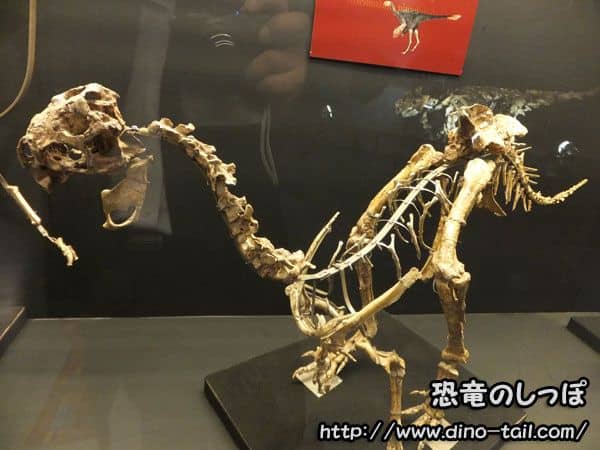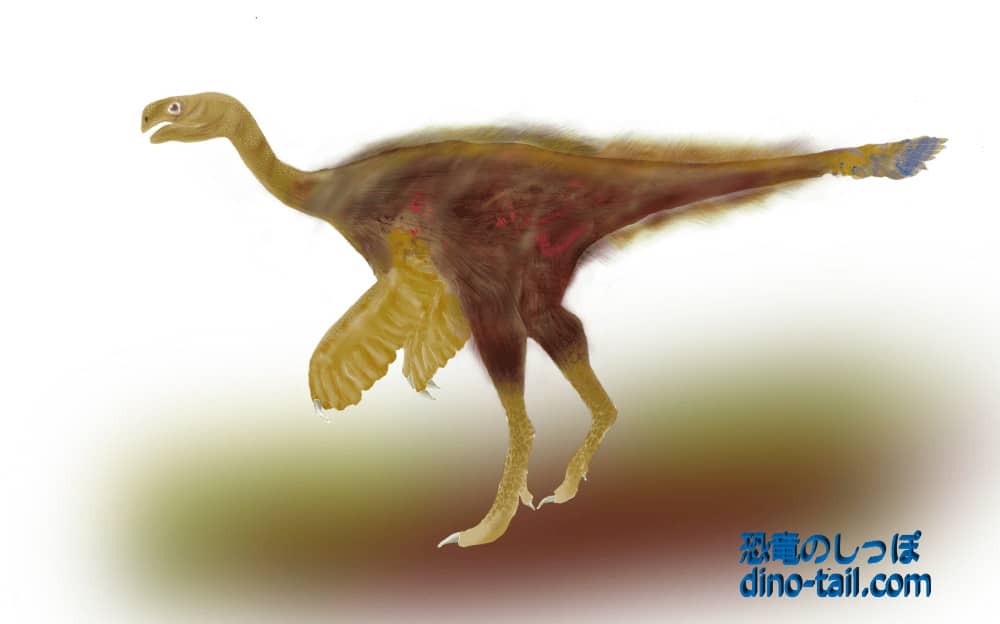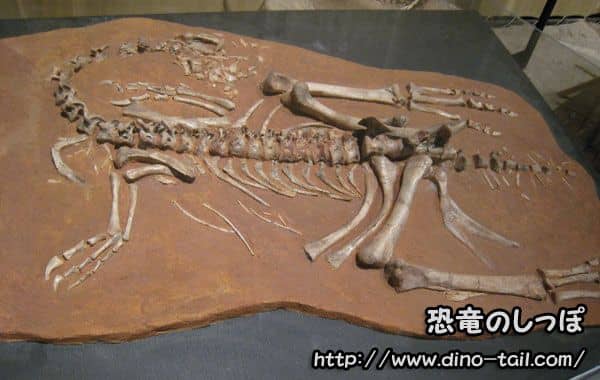About Ajancingenia

Ajancingenia is an oviraptorid dinosaur formerly known as "Ingenia". When it was first described in 1981, it was named "Ingenia" after the Ingen Khobur Basin in Mongolia where it was discovered.
However, it was later discovered that the genus name "Ingenia" had already been used for a type of nematode worm in 1957. According to the rules of the International Code of Zoological Nomenclature, every scientific name must be unique. Therefore, in 2013, the genus was renamed "Ajancingenia".
| Scientific Name (Genus) | Ajancingenia |
| Meaning of Name |
Traveler
ajanc (traveler) [Mongolian] + Ingenia (name of the basin where it was found) |
| Classification | Saurischia, Theropoda, Oviraptorosauria, Oviraptoridae |
| Total Length | Approx. 1.5m |
| Diet | Omnivorous (shellfish, nuts, eggs, etc.) |
| Period | Late Cretaceous (approx. 70 million years ago) |
| Species Name | Ajancingenia yanshini (formerly Ingenia yanshini) |
| Year of Paper Publication | 2013 (former genus name in 1981) |
| Genus Name Publication | Easter, J. 2013. "A new name for the oviraptorid dinosaur Ingenia yanshini" |
Features

Ajancingenia was a theropod that lived in Mongolia during the Late Cretaceous (about 70 million years ago). It belongs to the Oviraptoridae family and is part of a group called "Ingeniinae," which is closely related to dinosaurs like Conchoraptor. This group is characterized by having a relatively small head crest or no crest at all, compared to other oviraptorids. Within the Oviraptoridae, they are known for their robust, short forearms.
Fossils of Ajancingenia have been found in the Barun Goyot Formation of Mongolia. This formation is thought to have been a semi-arid region with sand dunes and occasional rivers, suggesting that Ajancingenia was adapted to a desert-like environment.
A particularly distinctive feature is its first digit (thumb). The ungual (the bone that supports the claw) of the first digit was very large, about twice the length of the second digit's ungual. There are several theories about the use of this sturdy, large thumb. For instance, it might have been used for digging up prey or plant roots, cracking hard nuts, or pulling down branches to eat leaves and fruits.
The "ajanc" in Ajancingenia means "traveler" in Mongolian. This unique name was given because its distinctive long thumb is reminiscent of a traveler hitchhiking with a thumb up.
Ajancingenia Fossil Gallery



